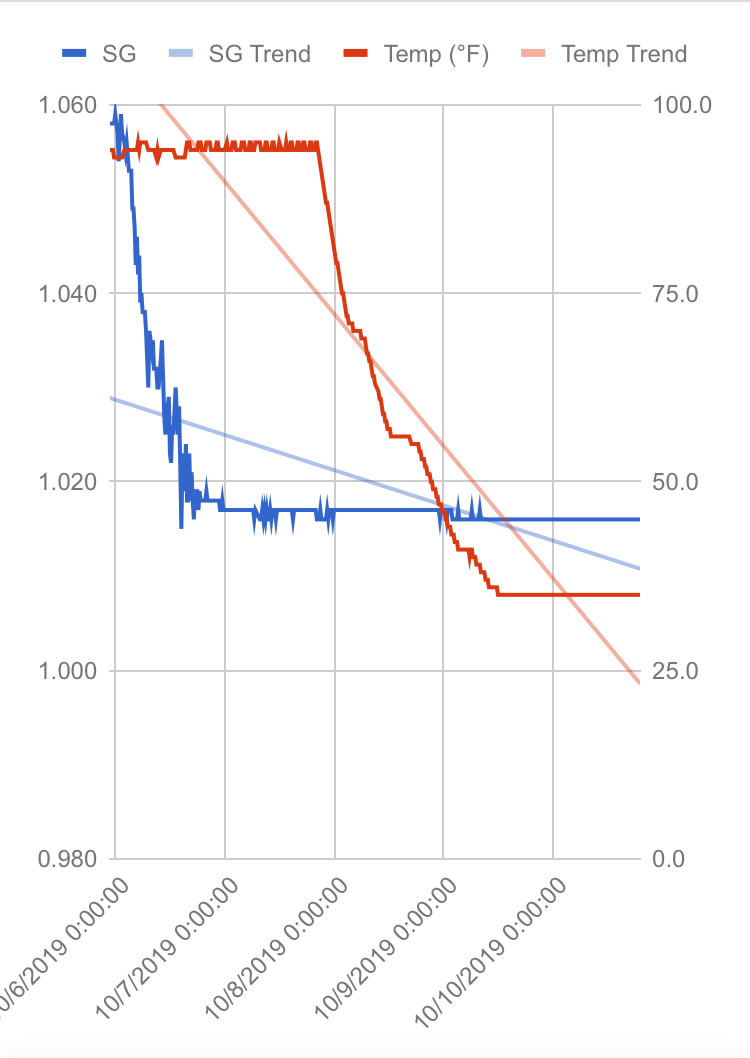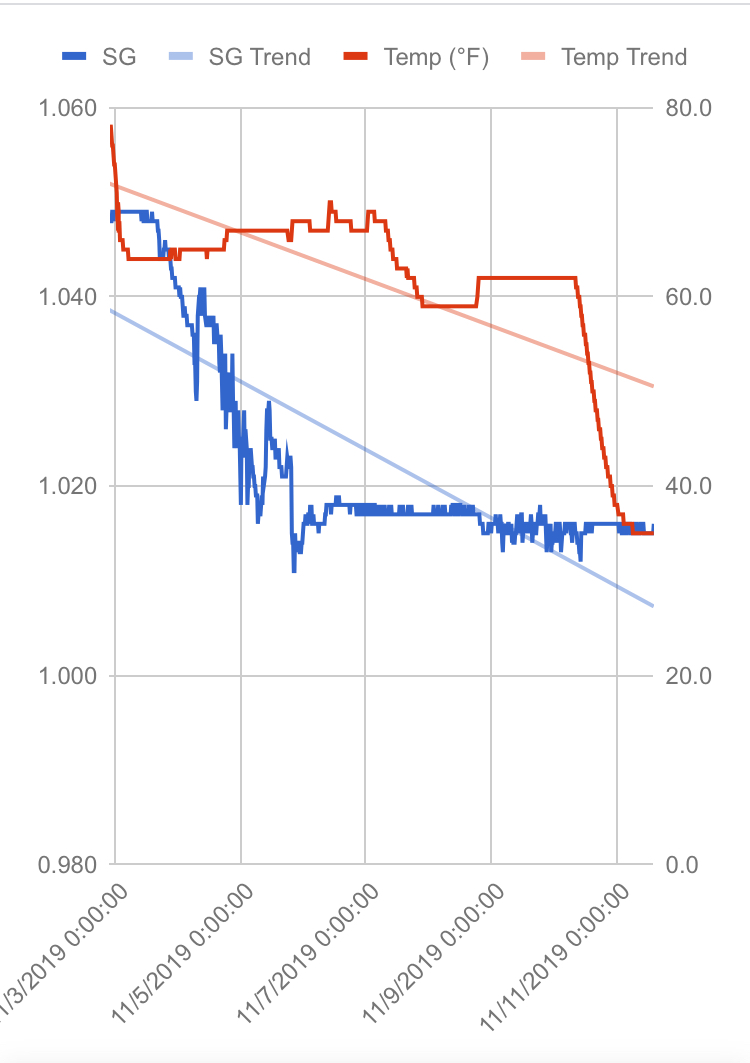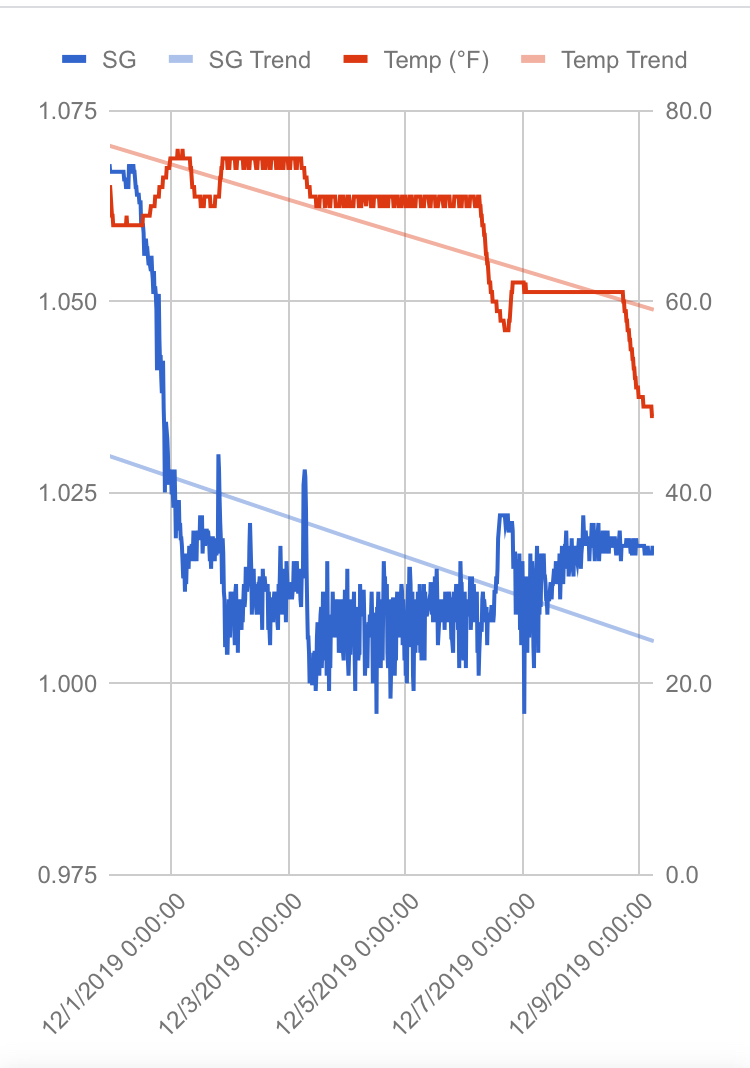robby6pack
Member
- Joined
- Dec 1, 2017
- Messages
- 13
- Reaction score
- 1
What is the fastest time that you have had in a 5 gallon batch?
3 days from what sounded like a rolling boil (a little exaggerated) thinking the vapor lock was going to pop the top to dead calm for me.
3 days from what sounded like a rolling boil (a little exaggerated) thinking the vapor lock was going to pop the top to dead calm for me.








